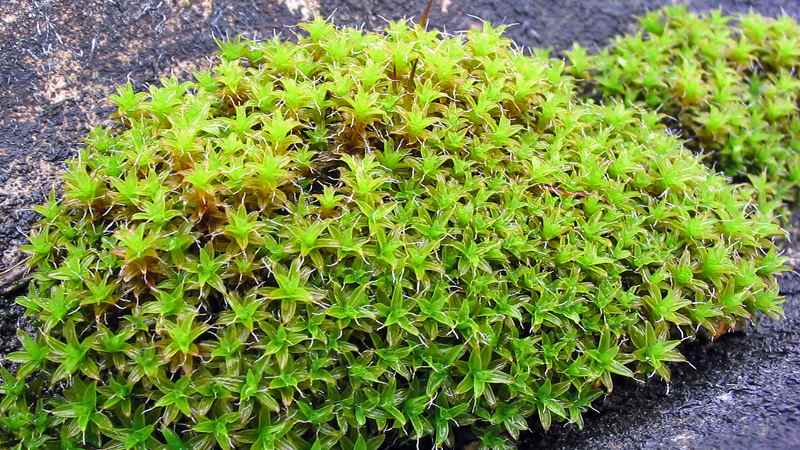A hardy moss species found in some of Earth’s harshest deserts might be the key to establishing the first plant life on Mars. New research shows that Syntrichia caninervis can survive extreme conditions that mimic the Red Planet’s hostile environment, making it a prime candidate for future space colonization efforts.
Surviving the Unthinkable
The study, published in the journal The Innovation, put S. caninervis through a series of grueling tests. The moss survived freezing temperatures as low as -196°C, high levels of gamma radiation, and simulated Martian conditions combining these stressors.
“Our study shows that the environmental resilience of S. caninervis is superior to that of some of highly stress-tolerant microorganisms and tardigrades,” write the researchers, led by ecologists Daoyuan Zhang and Yuanming Zhang and botanist Tingyun Kuang of the Chinese Academy of Sciences. “S. caninervis is a promising candidate pioneer plant for colonizing extraterrestrial environments, laying the foundation for building biologically sustainable human habitats beyond Earth.”
Mars-Ready Moss
To replicate Mars-like conditions, the team used a specialized simulator at the Chinese Academy of Sciences. It recreated the planet’s CO2-rich atmosphere, extreme temperature swings, intense UV radiation, and low air pressure.
Remarkably, dried moss samples achieved a 100% regeneration rate within 30 days after exposure to these harsh conditions for up to a week. Even hydrated plants survived a day in the simulator, though they recovered more slowly than their dried counterparts.
The moss also demonstrated incredible radiation resistance. It survived gamma radiation doses of up to 500 Gy – a level that would be fatal to humans at just 50 Gy. “Our results indicate that S. caninervis is among the most radiation-tolerant organisms known,” the researchers note.
This study marks the first time whole plants, rather than just microorganisms or spores, have been tested for their ability to withstand space-like environments. S. caninervis, which naturally grows in extreme desert locations like Tibet and Antarctica, proved exceptionally resilient.
The moss’s ability to survive long-term freezing was also remarkable. Samples stored at -80°C for up to 5 years and at -196°C for a month were able to regenerate upon thawing. Interestingly, plants that were dried before freezing rebounded faster than those frozen while hydrated.
While establishing self-sustaining habitats on other planets remains a distant goal, this research represents a significant step forward. The team is optimistic about the moss’s potential: “Although there is still a long way to go to create self-sufficient habitats on other planets, we demonstrated the great potential of S. caninervis as a pioneer plant for growth on Mars. Looking to the future, we expect that this promising moss could be brought to Mars or the Moon to further test the possibility of plant colonization and growth in outer space.”
As we continue to explore the possibility of life beyond Earth, this unassuming desert moss might just be the trailblazer we need to turn barren alien landscapes into the first extraterrestrial gardens.


